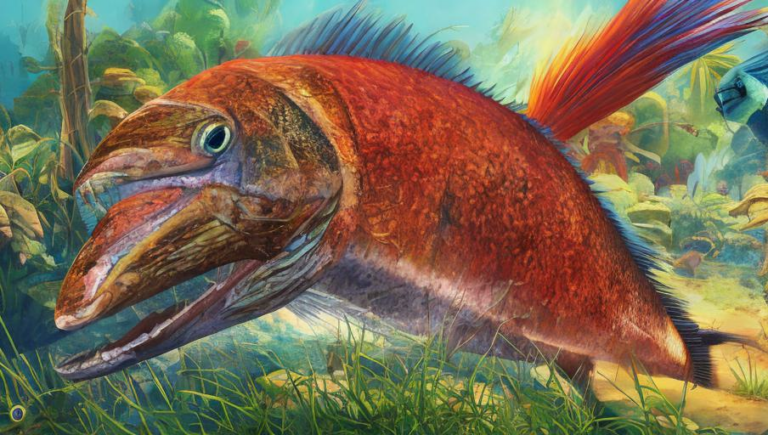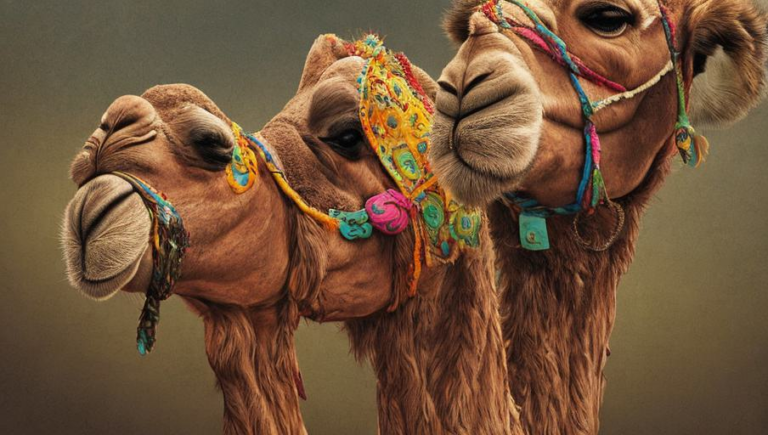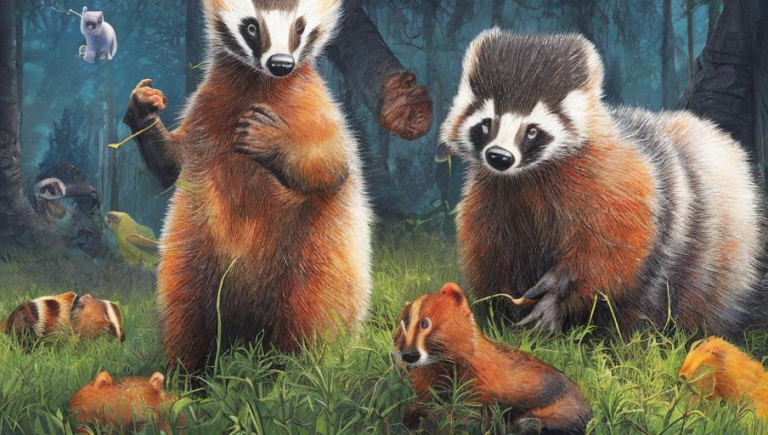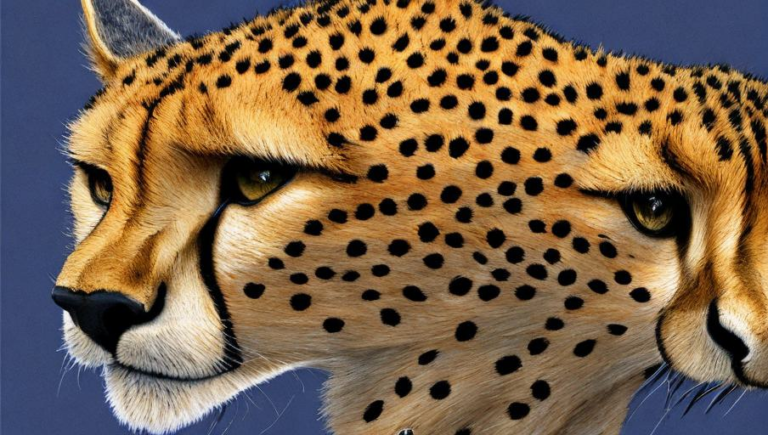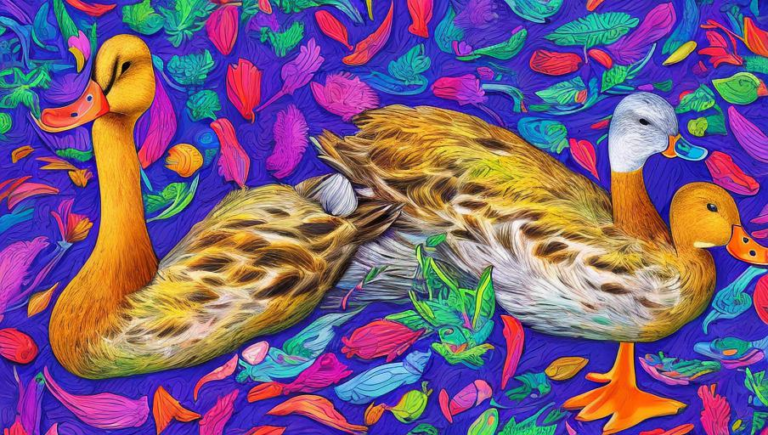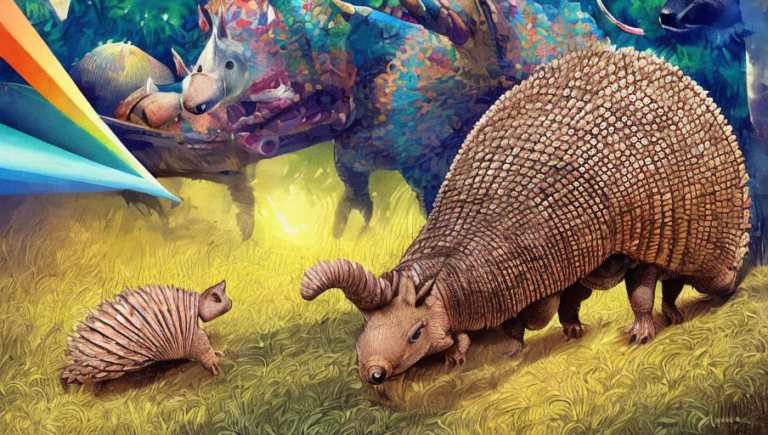The Tale of the White Tailed Deer
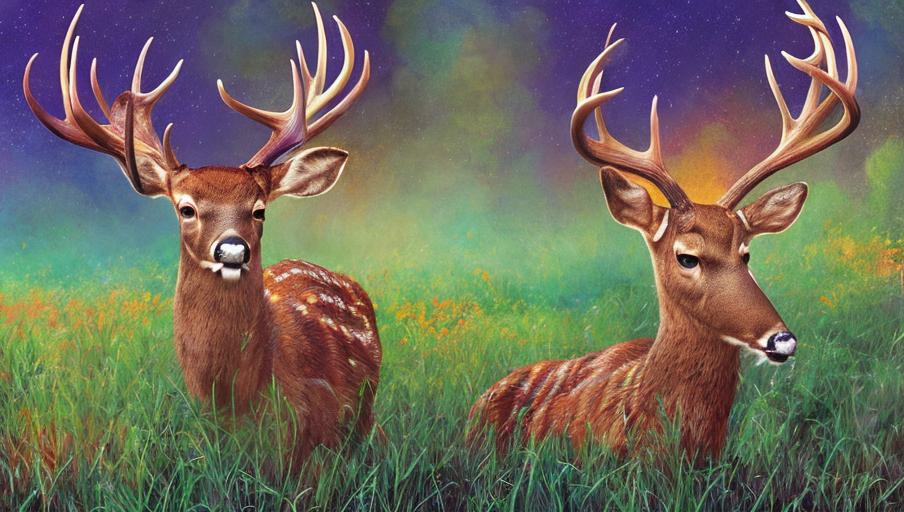
The White Tailed Deer
The white tailed deer (Odocoileus virginianus) is a species of deer that is native to North America. It is one of the most common mammals in North America and is found in many different habitats throughout the continent. The white tailed deer is a medium-sized deer, with a body length of up to 3.5 feet and a tail length of up to 12 inches. It has a reddish-brown summer coat that becomes grayish-brown in the winter. It has a white underside, with a white patch on its rump, which is why it is named the “white-tailed” deer.
Habitat and Diet
White-tailed deer can be found in a variety of habitats, including deciduous forests, grasslands, and even cities. They prefer habitats with plenty of grass, shrubs, and trees for shelter and food. Their diet consists primarily of grasses, leaves, twigs, fruits, and nuts. They also have been known to eat agricultural crops such as corn and soybeans.
Behavior
White-tailed deer are generally solitary animals, except during the breeding season, when they may form small herds. They are mainly active in the early morning and late evening, and often rest during the day. In the winter, they may form larger herds in order to help keep warm. The white-tailed deer is also known for its unique “jump” when startled, in which they can leap up to 10 feet in the air.
Conservation Status
White-tailed deer are not considered endangered, but their populations have been declining in some areas due to habitat loss and hunting. In addition, the white-tailed deer is vulnerable to disease, such as chronic wasting disease, which can spread from deer to deer. Conservation efforts have been put in place to help protect this species and to ensure that healthy populations remain.
Conclusion
The white tailed deer is an important species in North America and is an iconic symbol of the continent’s wildlife. It is important to remember to respect this species, and to help protect their habitat so that future generations can continue to enjoy their beauty and grace.
